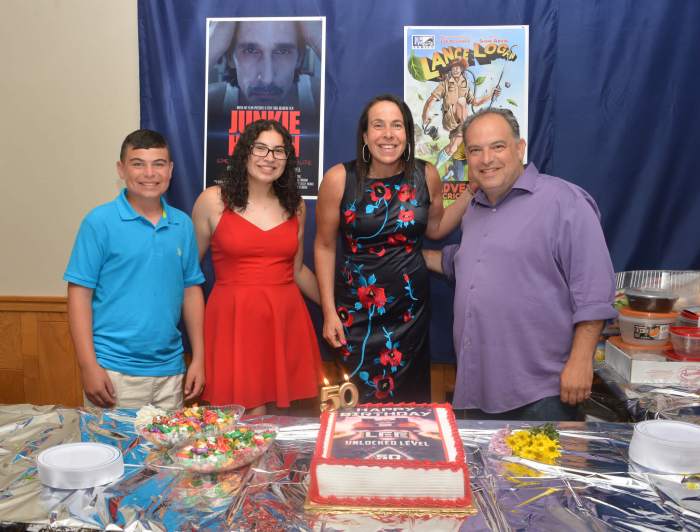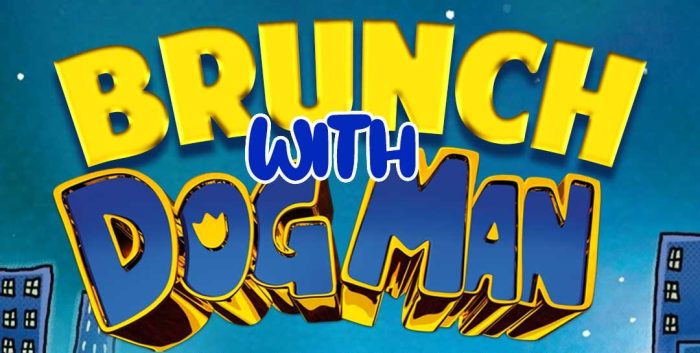Serial Killer Suspect Not Tech Savvy
As those who eagerly awaited a conclusion to the Gilgo Beach serial killings now fixate on the suspect’s odd mannerisms, disturbing internet history, creepy demeanor, and cold affect as obvious indicators of his capacity to be a serial murderer, what he stands accused of is atypical of this crime.
This suspect does match the “classic” serial murderer archetype based on the popular image ever-present in podcasts, books, and movies, but broad strokes profiles of an organized, white, family man who blends in and charms others are useless today since modern-day serial murderers no longer fit that outmoded description.
This series occurred between serial murder’s Golden Age and the current epoch and is unique since the suspect is reminiscent of old-style serial murderers. Like the suspect, Ted Bundy and John Wayne Gacy were camouflaged by their elevated stature in the community, level of education, and family life. He lived in the area where the crimes were perpetrated, maintains an assured, boastful personality, has acquaintances who are surprised upon arrest, and was obsessed with taunting victims and deviant, torture-related sex acts. All are characteristics of Golden Age serial murderers who embraced the duality of their professional and killing selves and were proficient in appearing normal. Many harbored a preference for domination and degradation and played games with police while toying with the public through written or phone correspondence.
Behavior of that nature is incredibly rare today as serial killings appease anger with few arising from a purely sadistic or sexual motivation. Offenders hardly ever revel in notoriety or care about the newsworthiness of their crimes. Our disconnected culture has made serial murderers impersonal, less confident, and less capable of conning and luring victims. They infrequently have their own resources — like a vehicle or home — to ensure their continued success. Almost no serial murderers clandestinely bury their victims in clusters or exclusively target sex workers or strangers. Many are not well educated, have menial jobs, are from diverse backgrounds, and utilize firearms and tend to be discovered by law enforcement within a year’s time or less. Social media profiles and an inquisitive public armed with true crime knowledge have made it harder to avoid scrutiny. The serial murder landscape has shifted from the days where anything goes.
The suspect’s use of technology to seek out victims and follow the investigation and its exploitation to apprehend him is one modern aspect. Like Dennis Rader, older offenders sometimes fail to see that technology can work against them. This suspect felt insulated from suspicion due to burner phones and throwaway emails, echoing Golden Age offenders who narcissistically thought they were one step ahead of police. But this suspect benefited from internal issues within the police department, a lucky break modern-day offenders are less comfortable relying on as the ubiquity of surveillance cameras and forensic science encourage forbearance. This has contributed to a decline in the phenomenon as serial killing has become more difficult.
We should not assume that this suspect is the quintessential serial murderer as he is a holdover from the Golden Age. Perhaps that is one reason why this suspect remained free of suspicion for so long as police have adapted to the means and motives of modern-day serial murderers. This series serves as a reminder that serial murderers come in all sizes and cannot easily be categorized using what we think we know about a phenomenon in flux.
Enzo Yaksic, author of Killer Data: Modern Perspectives on Serial Murder
The End of Copper Wire Landline Service in Syosset Is A Step Backwards
My mother relies on her landline to communicate in Syosset. She has a cell phone, but she has trouble using it, and often misplaces it. She needs a phone that always works and that she’s comfortable using; it’s why she’s kept her landline, even as prices have gone up over the past 10 years.
That’s why I was skeptical when her landline provider “upgraded” her service to “digital home phone service” — a landline alternative that tied her phone to her internet rather than old-fashioned copper wire.
It brought her bill down significantly, but it came with a cost. The call quality is terrible, and since her internet is spotty, her phone often doesn’t work at all.
When we couldn’t get her old service back, I discovered that last August, the FCC deregulated the telecom industry, and authroized phone companies to shut down traditional landlines nationwide and switch users to internet-based services.
Landlines are lifelines for 2.6 million seniors in New York. Having to rely on expensive landline alternatives that have poor call quality, stop working during power outages, puts seniors like her at risk.
I understand that landlines may not be “profitible” for the phone company to provide anymore. But this is why our government exists — we regulate essential industries like telecommunications because not doing so leaves our most vulnerable people in the dust.
If the FCC won’t look out for our seniors, the government should step up. I implore our local leaders in Syosset to advocate for the most vulnerable members of our community, and fight to keep true landline phone service alive.
Larry Gonzalez, Syosset
Hochul Should Sign the Medical Debt Reporting Act Into Law
With the passage of the Fair Medical Debt Reporting Act (S4907/A6275), the New York State Legislature has delivered a major and long overdue victory for thousands of New Yorkers suffering under the burden of medical debt.
This bill will prohibit medical debt from being reported to the three major credit reporting agencies – Experian, Equifax, and Transunion. The majority of consumer debt – approximately 58% – that appears on New Yorker’s credit reports is related to medical debt.
Poor credit can result in a person being denied a mortgage, an apartment, or employment. No New Yorker should fear being denied these things just because an unexpected medical expense has ruined their credit score.
There is a serious racial disparity when it comes to who owes medical debt. In Nassau County, 4 percent of people in zip codes that are majority people of color have medical debt in collections, versus only 2 percent of people in majority white zip codes.
This is also an important issue for college students. Many students are graduating with significant student debt, and are concerned about being further burdened by healthcare costs for themselves and their families. Medical debt suggests that healthcare is a commodity and not a right. Emphasizing the importance of the quality of life is crucial for the future of America.
Passing the Fair Medical Debt Reporting Act is a significant victory and a step towards a medical system that prioritizes people over profits. We are grateful to Assemblymember Ra for understanding the importance of this issue and voting for the Fair Medical Debt Reporting Act. We urge Gov. Kathy Hochul to sign this bill immediately.
Mariya Kooran, New Hyde Park
The writer is an intern with the New York Public Interest Research Group and student at the City College of New York































